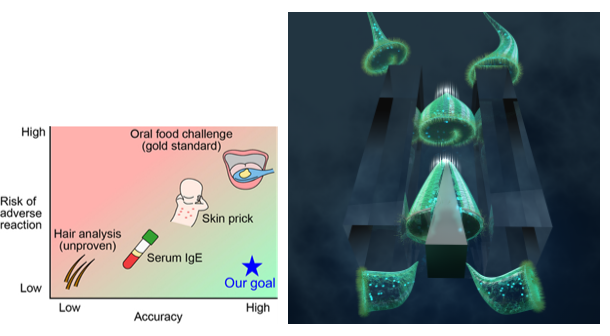At Precisionary Instruments, we’re thrilled to shine a spotlight on innovative labs around the world that are advancing science in unique and meaningful ways. This month, we’re featuring the research led by Professor Sindy Tang at Stanford University, whose interdisciplinary work combines engineering, biology, and medicine to push the boundaries of biomedical research.
Meet Professor Sindy Tang
Professor Sindy Tang is an Associate Professor in the Department of Mechanical Engineering at Stanford University. Her background is a remarkable blend of expertise in mechanical engineering and bioengineering, which she applies to uncover fundamental principles in biology and develop novel medical technologies. After earning her undergraduate degree from Princeton University, Dr. Tang pursued her Ph.D. at the Massachusetts Institute of Technology (MIT), where she deepened her expertise in microfluidics and biomedical engineering. Her research career has been distinguished by her innovative approaches to microfluidic technologies and their applications in understanding complex biological processes.
Pioneering Research in Microfluidics and Biomedical Applications
The Tang Lab at Stanford University focuses on using microfluidics to study cellular and molecular mechanisms at the microscale. Professor Tang’s team is particularly interested in understanding how cells interact with their surrounding environments, and how these interactions can inform the development of diagnostic and therapeutic tools. Her lab’s research spans a range of projects, including investigating how mechanical forces affect cell function, studying the physical properties of biological tissues, and developing new microfluidic devices for diagnostic applications. Through these projects, Professor Tang’s lab aims to uncover insights that could lead to breakthroughs in personalized medicine, regenerative medicine, and disease diagnostics.
One of the lab’s significant projects involves creating microfluidic platforms that simulate physiological conditions, allowing researchers to observe cellular responses in a controlled environment. This work is crucial for replicating the human body’s conditions, which helps predict how cells or tissues might behave in response to different therapeutic approaches. Professor Tang’s lab is also involved in studying the biomechanical aspects of cancer cells and investigating how these cells move and interact within different environments—knowledge that could be instrumental in understanding and controlling cancer metastasis.

Using the Compresstome Vibratome for Advanced Tissue Sectioning
In Professor Tang’s lab, precision is essential for producing accurate, reproducible results. For their tissue-sectioning needs, the lab relies on the Compresstome vibratome from Precisionary Instruments. This tool enables them to obtain high-quality tissue slices that are crucial for their microfluidic and biomedical research applications. By using the Compresstome vibratome, Professor Tang’s lab can section soft tissues and maintain the integrity of cellular structures—something that’s particularly important for observing how cells behave under physiological conditions.
The Compresstome’s ability to produce consistent tissue thickness and its adaptability to various types of tissue allow the Tang Lab to generate samples that closely mimic real-life biological settings. This precise sectioning is indispensable for studying cellular interactions and responses under microfluidic conditions, giving Professor Tang and her team a clearer window into how cells operate and interact within complex tissue environments.
Through her pioneering research, Professor Sindy Tang is contributing to a deeper understanding of cellular and tissue mechanics, ultimately pushing forward the fields of diagnostics, personalized medicine, and therapeutic development. We are honored that the Compresstome vibratome plays a role in her lab’s discoveries and advancements. At Precisionary Instruments, we look forward to seeing how Professor Tang’s work continues to make a positive impact on biomedical research and beyond.